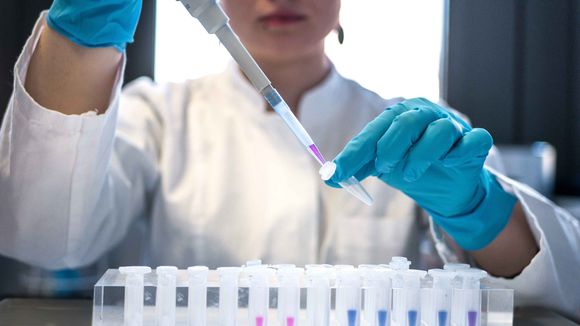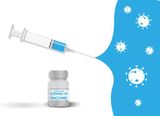How viruses work and why they attack
There is no unanimity on whether viruses are living microorganisms, since they can not exist independently, but can be associated with a host cell. Viruses rely on the cells of other organisms to survive and reproduce, because they cannot capture or store energy themselves. In other words, they can not function outside the host organism, therefore they are often considered non-living.
At the heart of the viral particle is the genome - the long molecule made up of DNA or RNA that contains the genetic instructions for reproducing the virus. The virus is wrapped in a shell made of protein molecules called capsid, which protects the genetic material.
Some viruses also have an outer shell made of lipids. The coronavirus that causes COVID-19 is one of those "shrouded" viruses. Soap can dissolve this fatty shell, which leads to the destruction of the entire viral particle! This is also one of the reasons why health authorities recommend frequent hand washing, and it has also been confirmed in a large number of studies by different scientific teams [ref. 1] , [ref. 2]
But do all viruses pose a danger? We can say that they are like predators and have a specific prey that they can recognize and attack. Viruses that do not recognize our cells are harmless, and some others will infect us, but will have no consequences for our health.
Many animal and plant species have their own viruses. Cats have the feline immunodeficiency virus, or FIV - a feline version of HIV that causes AIDS in humans. Bats are sources of many different types of coronavirus, one of which is believed to be the source of the new coronavirus that causes COVID-19.
IBM and their development
A team of scientists from IBM's Institute of Bioengineering and Nanotechnology understand that there are several main problems preventing us from dealing with viruses. The first problem is that viruses are replicated and passed to other hosts. Today we have antiretroviral drug therapy (ART), which is given to HIV patients and which inhibits viral replication. A person can live normally without the virus prevailing. But ART does not clear it from the body. To do this, the drugs will need to be directed to the host cells, while leaving the healthy intact. This has not yet been achieved despite mankind's enormous medical and technological advances.
In order to better understand viruses, researchers at IBM's Institute of Bioengineering and Nanotechnology in Singapore are trying to find out what all viruses have in common. Now they believe they have created a molecule that can not only successfully cure any virus, but also create a viable vaccine.
Instead of focusing on a genetic level analysis that differs from one strain to another, the researchers looked at certain proteins common to each virus, known as glycoproteins. They are located on the outside of the body and allow the virus to be accessed by cells to "take over" them. Understanding this, researchers are trying to formulate a macromolecule that is a large molecule made up of much smaller ones.
Using an electrostatic charge, the macromolecular is able to attract a virus and connect to it, making it unable to enter the host cell. Then it changes the pH level of the pathogen, turning it into acidic, and therefore - less likely to replicate. Moreover, the macromolecule also has a way of protecting the immune system. It disperses sugar called manosis, which binds to immune cells, inhibiting the virus's ability to enter them.
So far, Ebola and the dengue virus have been tested, and the results, published in the journal Macromolecules, are encouraging [ref. 3] . What's more, a computer model finds the technique effective against Ebola, influenza, chikungunya, dengue fever and Herpes Simplex 1, among other viruses.









